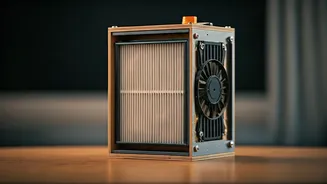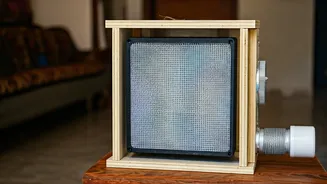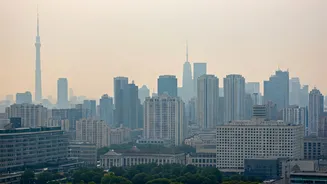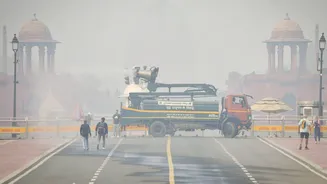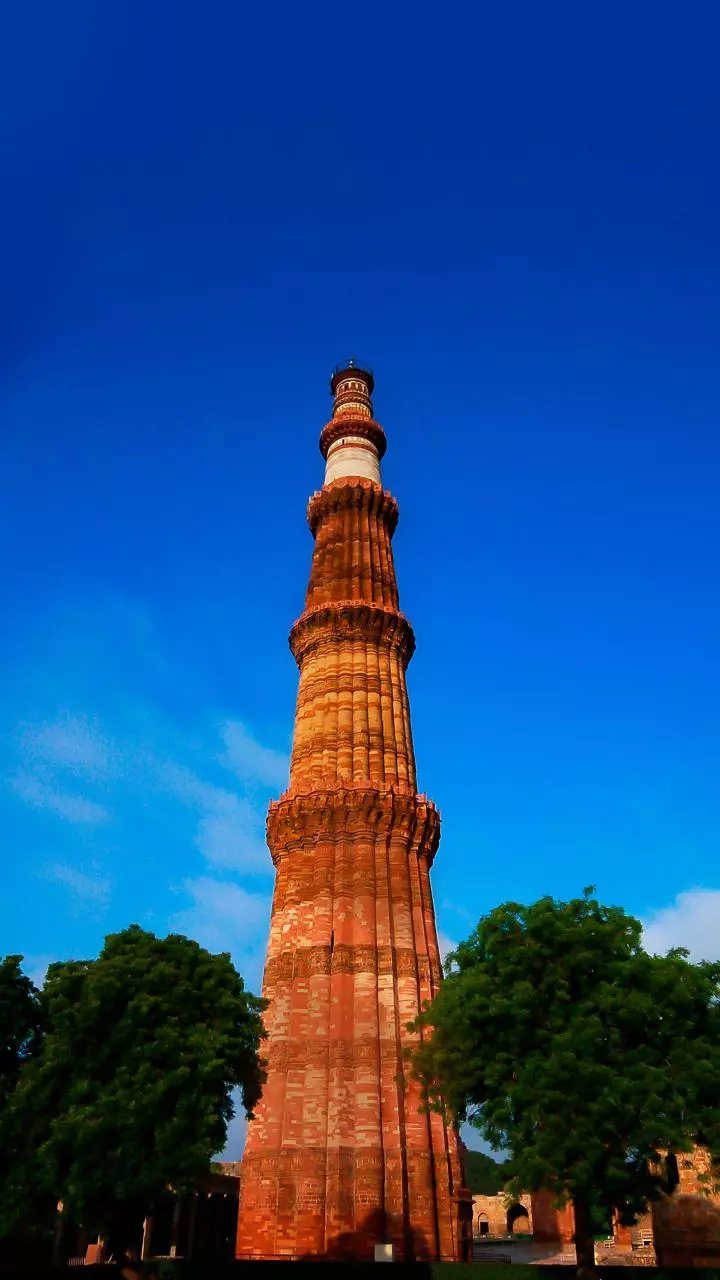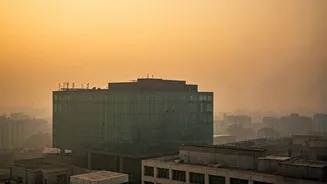DIY Air Purifier
Faced with Delhi's worsening air quality, a local resident devised a budget-friendly air purifier. This do-it-yourself project, detailed in a Reddit post,
cost approximately Rs 2,000 and achieved remarkable results. The creator used a 150mm exhaust fan, sourced for Rs 750, in conjunction with a HEPA filter, purchased from Amazon for Rs 1,000. The remaining costs included basic materials like a switch, wire, regulator, cardboard, and a glue gun, amounting to roughly Rs 150. The effectiveness of the homemade purifier was demonstrated in a 12x12-foot room, where the AQI was brought down from a hazardous 400 to a healthier 50 in just 15 minutes, when set to its lowest speed. This achievement sparked considerable interest and positive feedback from the online community, highlighting the ingenuity of the design and its potential to address air quality concerns.
Components & Costs
The air purifier's simplicity and affordability are key to its appeal. The core components, as described by the creator, included a 150mm exhaust fan, which was the most significant expense, costing Rs 750. A HEPA filter was also a crucial part of the setup, sourced from Amazon for Rs 1,000. These filters are designed to capture microscopic particles, thus improving air quality. Additionally, the project required a selection of readily accessible materials to assemble the device. These included a switch, wire, regulator, cardboard, and a glue gun. The total cost of these materials was kept very low, at approximately Rs 150. The choice of these components allowed the creator to construct a working air purifier at a fraction of the cost of commercial units. The total cost of the project remained around Rs 2,000, underscoring its economical design. This budget-consciousness made it accessible for others to replicate.
Viral Reactions Online
The Reddit post detailing the DIY air purifier quickly went viral, attracting thousands of upvotes and a wave of enthusiastic comments. The success of the project and its detailed explanation resonated with other users, who were inspired and offered suggestions. Some users requested a tutorial video, aiming to replicate the design themselves. Several commenters highlighted the straightforward nature of air purifiers, which, in essence, involve an in-and-out airflow process through filters. Others encouraged the creator to further share their knowledge. Several commenters prompted the creator to post a YouTube video. There were also suggestions of hosting local workshops. These reactions reflect a community's interest in affordable and effective solutions to air pollution. The positive response underscored the pressing need for accessible air purification methods in polluted cities.
Delhi's Air Crisis
The post's popularity gained momentum amid growing concerns about Delhi's air quality. Comparisons between Delhi's air and that of other cities, such as Vienna, vividly highlight the issue. Visuals comparing the clear skies of Vienna with the dense smog over Delhi have gone viral, revealing a stark contrast. This highlights the severity of the situation in Delhi. These images, contrasting clean air with polluted air, brought awareness to the critical need for solutions. The dramatic visuals of Delhi's polluted skies serve as a constant reminder of the urgent need for measures to improve air quality. The homemade purifier's effectiveness offered a practical response to the pervasive environmental challenge. The user's solution provided a practical response to the ongoing air quality challenges.
Creator's Claim & Impact
The creator's post, titled “I Built my Personal Air Purifier for 2000 INR”, detailed the components and construction process. The creator claimed that their DIY purifier performed even better than a commercial Philips model they also owned. This statement indicates the efficiency of the homemade purifier. It emphasized its potential in air purification. The ease with which the components can be acquired and the impressive results make the DIY purifier a compelling alternative. This DIY purifier not only highlights resourcefulness but also offers a cost-effective alternative. It addresses the need for clean air. The project serves as an example of how individuals are taking control of their environmental health.
